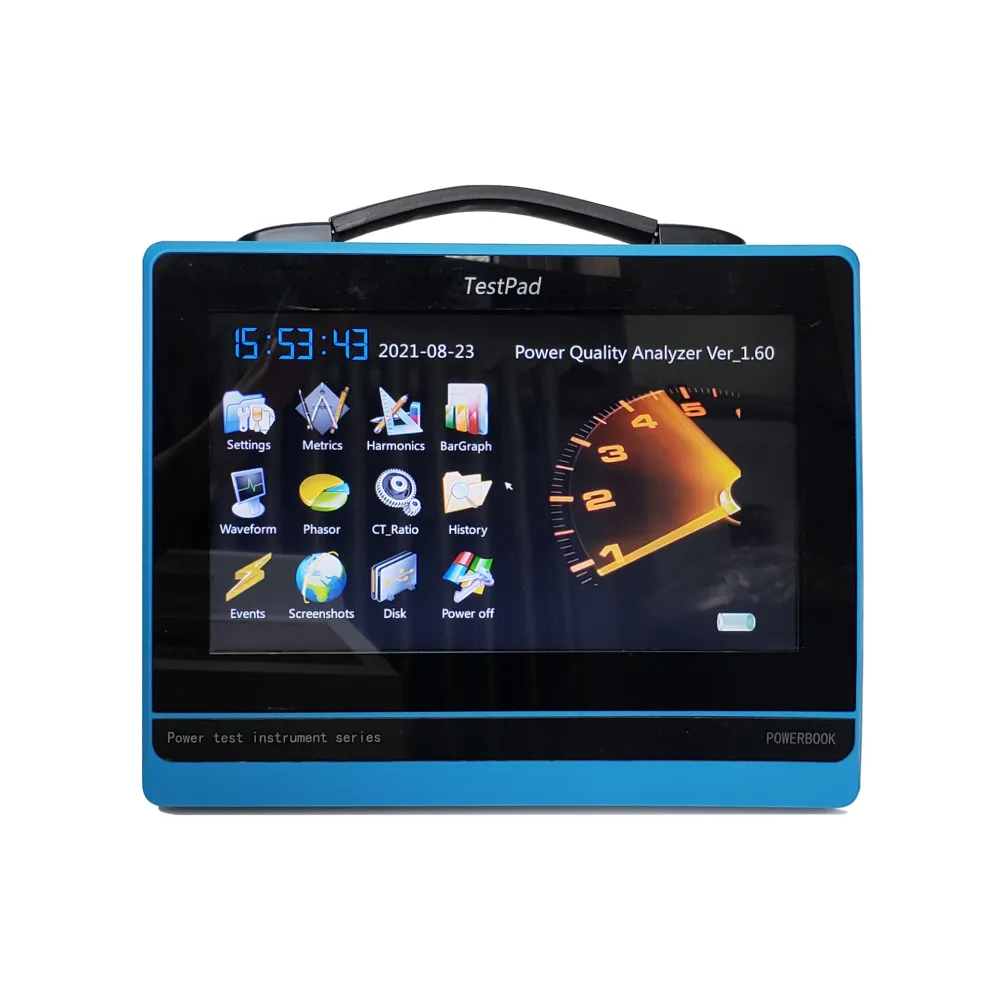 English
English



-
 Afrikaans
Afrikaans -
 Albanian
Albanian -
 Amharic
Amharic -
 Arabic
Arabic -
 Armenian
Armenian -
 Azerbaijani
Azerbaijani -
 Basque
Basque -
 Belarusian
Belarusian -
 Bengali
Bengali -
 Bosnian
Bosnian -
 Bulgarian
Bulgarian -
 Catalan
Catalan -
 Cebuano
Cebuano -
 China
China -
 China (Taiwan)
China (Taiwan) -
 Corsican
Corsican -
 Croatian
Croatian -
 Czech
Czech -
 Danish
Danish -
 Dutch
Dutch -
 English
English -
 Esperanto
Esperanto -
 Estonian
Estonian -
 Finnish
Finnish -
 French
French -
 Frisian
Frisian -
 Galician
Galician -
 Georgian
Georgian -
 German
German -
 Greek
Greek -
 Gujarati
Gujarati -
 Haitian Creole
Haitian Creole -
 hausa
hausa -
 hawaiian
hawaiian -
 Hebrew
Hebrew -
 Hindi
Hindi -
 Miao
Miao -
 Hungarian
Hungarian -
 Icelandic
Icelandic -
 igbo
igbo -
 Indonesian
Indonesian -
 irish
irish -
 Italian
Italian -
 Japanese
Japanese -
 Javanese
Javanese -
 Kannada
Kannada -
 kazakh
kazakh -
 Khmer
Khmer -
 Rwandese
Rwandese -
 Korean
Korean -
 Kurdish
Kurdish -
 Kyrgyz
Kyrgyz -
 Lao
Lao -
 Latin
Latin -
 Latvian
Latvian -
 Lithuanian
Lithuanian -
 Luxembourgish
Luxembourgish -
 Macedonian
Macedonian -
 Malgashi
Malgashi -
 Malay
Malay -
 Malayalam
Malayalam -
 Maltese
Maltese -
 Maori
Maori -
 Marathi
Marathi -
 Mongolian
Mongolian -
 Myanmar
Myanmar -
 Nepali
Nepali -
 Norwegian
Norwegian -
 Norwegian
Norwegian -
 Occitan
Occitan -
 Pashto
Pashto -
 Persian
Persian -
 Polish
Polish -
 Portuguese
Portuguese -
 Punjabi
Punjabi -
 Romanian
Romanian -
 Russian
Russian -
 Samoan
Samoan -
 Scottish Gaelic
Scottish Gaelic -
 Serbian
Serbian -
 Sesotho
Sesotho -
 Shona
Shona -
 Sindhi
Sindhi -
 Sinhala
Sinhala -
 Slovak
Slovak -
 Slovenian
Slovenian -
 Somali
Somali -
 Spanish
Spanish -
 Sundanese
Sundanese -
 Swahili
Swahili -
 Swedish
Swedish -
 Tagalog
Tagalog -
 Tajik
Tajik -
 Tamil
Tamil -
 Tatar
Tatar -
 Telugu
Telugu -
 Thai
Thai -
 Turkish
Turkish -
 Turkmen
Turkmen -
 Ukrainian
Ukrainian -
 Urdu
Urdu -
 Uighur
Uighur -
 Uzbek
Uzbek -
 Vietnamese
Vietnamese -
 Welsh
Welsh -
 Bantu
Bantu -
 Yiddish
Yiddish -
 Yoruba
Yoruba -
 Zulu
Zulu
transformer amp check
An Insightful Exploration of Transformer and AMP Check
Transformers have revolutionized the world of machine learning and natural language processing (NLP), providing unparalleled capabilities in understanding and generating human language. The architecture initially introduced in the paper Attention is All You Need has paved the way for advancements in various applications, from conversational agents to machine translation. However, as with any complex system, proper evaluation and troubleshooting play a crucial role in ensuring that transformers function effectively. One vital aspect of this evaluation is the AMP (Automatic Mixed Precision) check, particularly in the realm of deep learning.
Understanding Transformer Architecture
The transformer model consists of an encoder-decoder structure, where both components leverage self-attention mechanisms. Unlike traditional sequence models, transformers enable parallel processing of data, significantly reducing the time required for training on large datasets. This architecture excels in capturing relationships and nuances in language, allowing for superior performance in tasks such as text summarization, sentiment analysis, and more.
The key components of a transformer include multi-head self-attention, feedforward neural networks, layer normalization, and positional encoding. Multi-head self-attention allows the model to weigh the importance of different words relative to each other, facilitating a more nuanced understanding of context. By stacking multiple layers of self-attention and feedforward networks, transformers can learn intricate patterns in data that were previously challenging to capture.
The Role of AMP in Deep Learning
Automatic Mixed Precision (AMP) refers to a technique that leverages both 16-bit and 32-bit floating-point numbers to optimize training processes in deep learning models. The primary advantage of AMP is that it significantly accelerates training times while reducing memory consumption, making it ideal for large-scale models like transformers.
transformer amp check

AMP works by dynamically managing the precision of operations during the training phase. For many operations, using 16-bit precision is sufficient, which allows for faster computations. However, for certain computations that require higher precision to maintain numerical stability, 32-bit is employed. This strategic mix of precision not only speeds up the training but also reduces the resource requirements, making it feasible to train large models even on hardware with limited capabilities.
Importance of AMP Check
Conducting an AMP check ensures that the implementation of mixed precision is functioning correctly. It involves verifying that gradients are computed accurately and that the model's performance does not degrade due to reduced precision. Proper AMP checks can help in identifying issues like underflow or overflow, which can occur when working with lower precision formats. Running these checks during the training process guarantees that the model retains its learning capacity, leading to better performance on downstream tasks.
An effective AMP check often involves monitoring training loss and accuracy, ensuring they remain stable and aligned with expectations. It is also crucial to compare results obtained using mixed precision with those obtained using full precision to confirm no significant drops in model efficacy.
Conclusion
The synergy of transformer models and Automatic Mixed Precision presents a powerful combination in the field of deep learning. While transformers continue to push boundaries at the frontier of NLP, effective evaluation methods such as AMP checks are essential in maintaining their robustness. As the landscape of machine learning evolves, embracing and mastering these technologies will undoubtedly lead to innovative solutions and advancements across various applications. With proper implementation and diligent checks, we can unlock the full potential of transformers, driving forward the capabilities of AI in understanding and generating human language.
-
Testing Equipment Industry Sees Major Advancements in 2025: Smart & Precision Technologies Lead the WayNewsJun.06,2025
-
Applications of Direct Current Generators in Renewable Energy SystemsNewsJun.05,2025
-
Hipot Tester Calibration and Accuracy GuidelinesNewsJun.05,2025
-
Digital Circuit Breaker Analyzer Features and BenefitsNewsJun.05,2025
-
Benefits of Real-Time Power Quality Monitoring Devices for Industrial EfficiencyNewsJun.05,2025
-
Earth Fault Loop Testing in High-Rise Building Electrical SystemsNewsJun.05,2025



